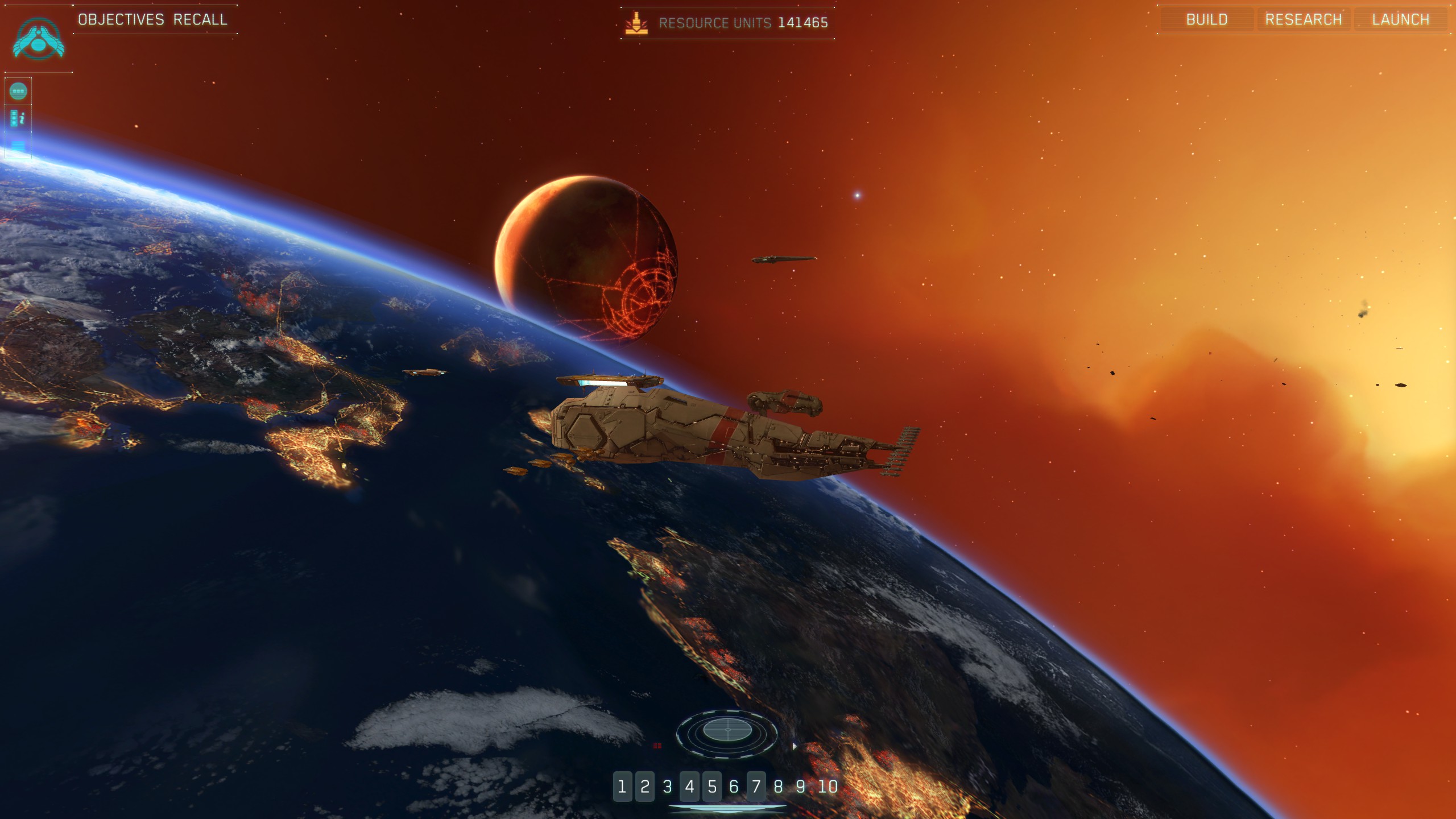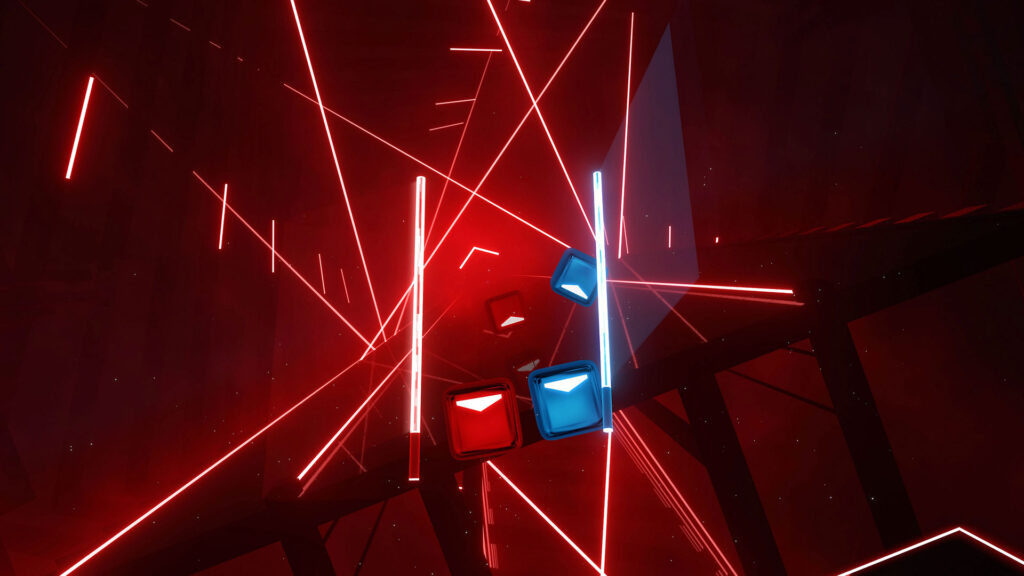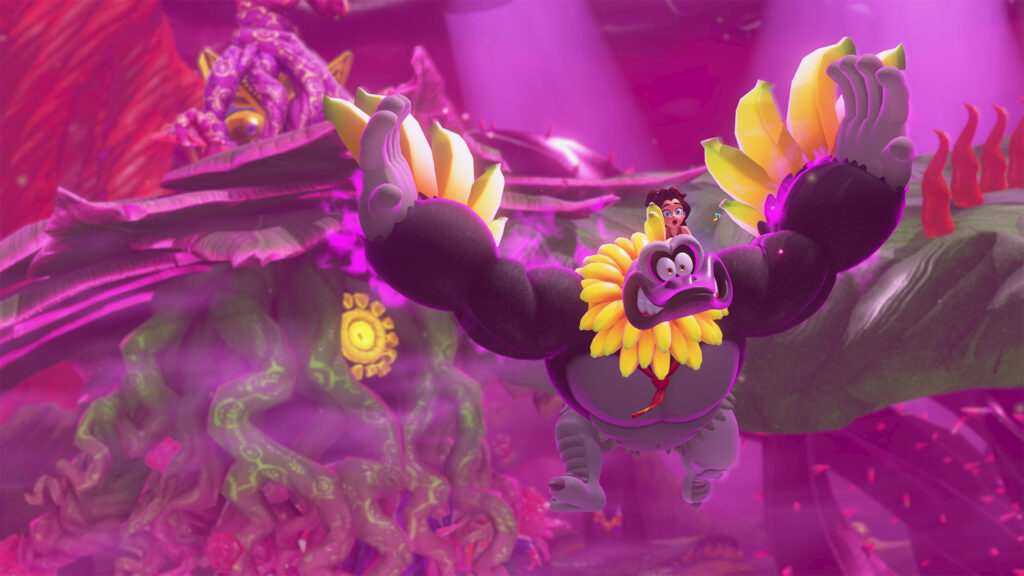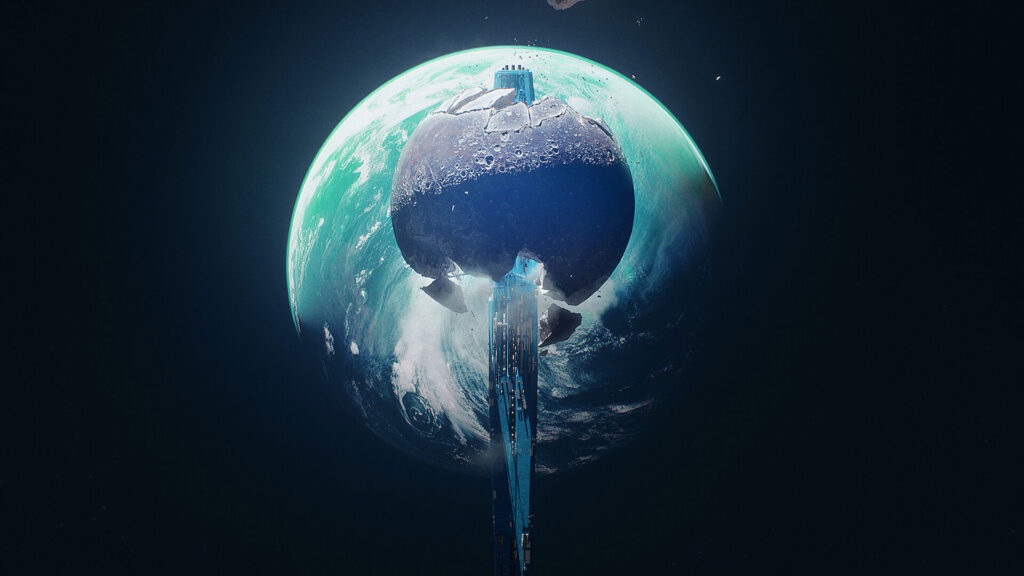Generally speaking, game mechanics don’t age well. Genres evolve, game engines get better and forward-thinking developers push the envelope on design. Take the first-person shooter genre for example: there was a time where players weren’t even able to aim up and down or even jump! The evolution of 3D to gaming marked a decisive change in numerous genres and in 1999, Relic Entertainment released Homeworld (published by Sierra Entertainment), the first fully three-dimensional real-time strategy game.
Fast forward to 2015 and Gearbox Software, which now owns the Homeworld IP, has created the Homeworld Remastered Collection bringing the real-time strategy games to a new generation of gamers. Now if you’ve played the original Homeworld games, you’ll likely know what you’re getting yourself into with the Homeworld Remastered Collection – better graphics, a streamlined UI and overall quality-of-life improvements. But what if you never experienced the original Homeworld and Homeworld 2 games? Have the games aged well in the past 16 years? How does Homeworld stack up against today’s RTS offerings? Read on to find out.
If you’re a fan of the original Homeworld games, the Homeworld Remastered Collection is a must-buy, period. Reliving the experience in gorgeous HD graphics with an improved UI that’s streamlined across both games, Gearbox Software has done the original titles justice. But more importantly, the game’s design has held up over the years and its mechanics offer an intense experience of strategically managing your fleet. In other words, Homeworld Remastered stands on its own two feet as a standalone game, even in 2015.
Which bodes well for those that have never played the original games. There are very few, if any games that can pull off the epic massive space fleet battles that Homeworld offers and in a way that feels meaningful. Each unit in space feels like it has an impact in the battle being fought and the attention to detail makes the action unfold like a Star Wars movie.
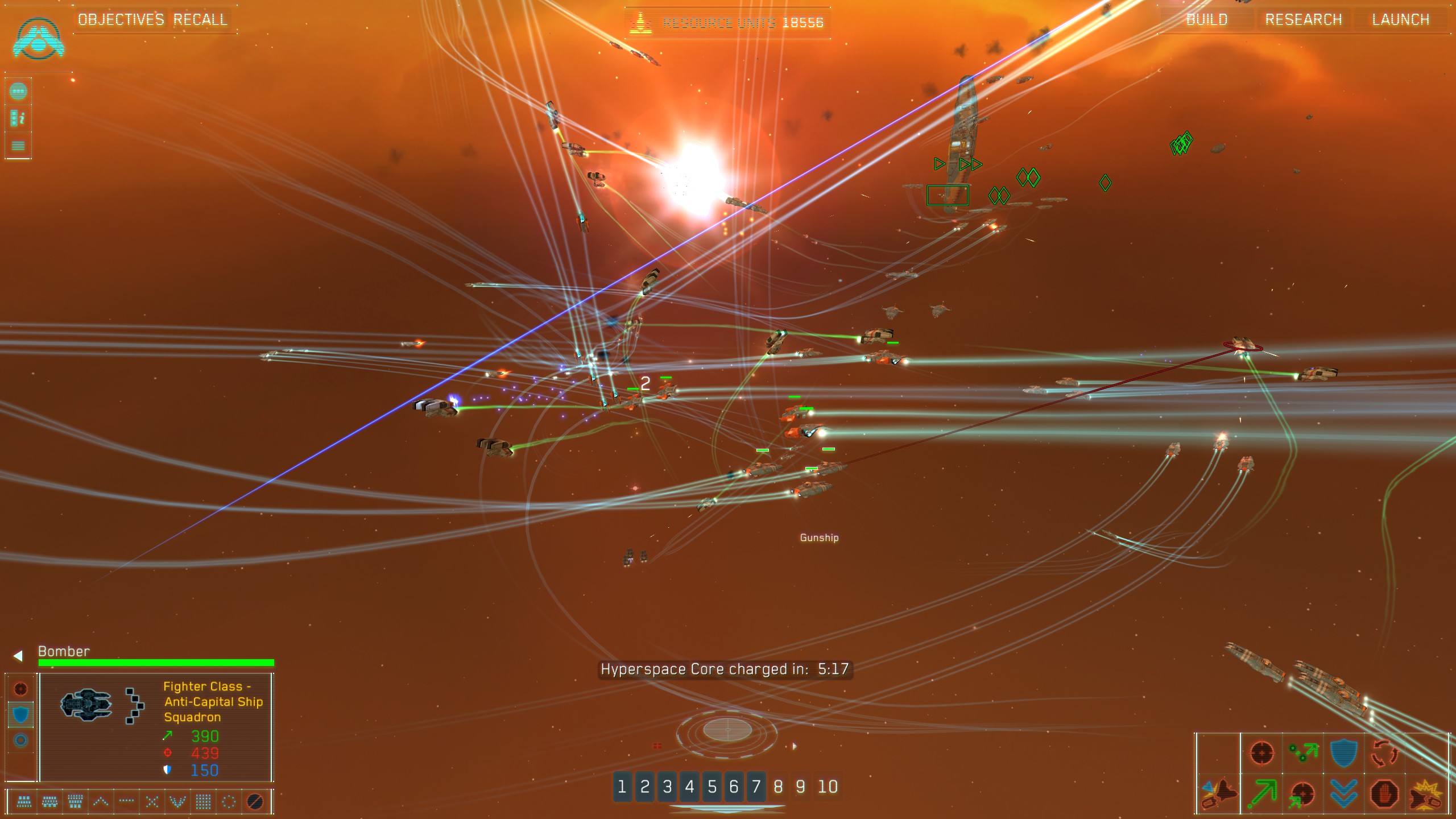
Ships weave in and out of battle and the remastered artwork is simply gorgeous.
If you’re new to the Homeworld franchise, you’re in for a treat if you’re an RTS fan. Not only does the game perform great on modern computers, the visuals are stunning and you’re in for an epic story. Neither games are simple RTS games where you can mass the largest units and go into battle steamrolling your opponent. Instead, both games require a strategic selection of units, although it does use a rock-paper-scissors format. Like many other RTS games, certain units are more powerful against others, which means a blended mix is necessary in other to succeed. Along with its three-dimensional combat, both Homeworld games feature an interesting mechanic: at the end of each mission, your fleet stays intact and all the resource units you’ve accumulated will carryover to the next mission. The game also automatically rewards you with all the remaining resource units on the map, so you don’t have to sit idle waiting for your resource collectors to gather everything before moving on.
Now the mechanic does evolve from Homeworld to Homeworld 2. In the first game, you decide when you want to Hyperspace out of a mission, giving you the time to amass an army with your resource units before moving on. In the second game, missions automatically end when you complete the primary objectives, and you’re still awarded all the rest of the map’s resource units, but you’re not given the time to build up a fleet before the next mission.
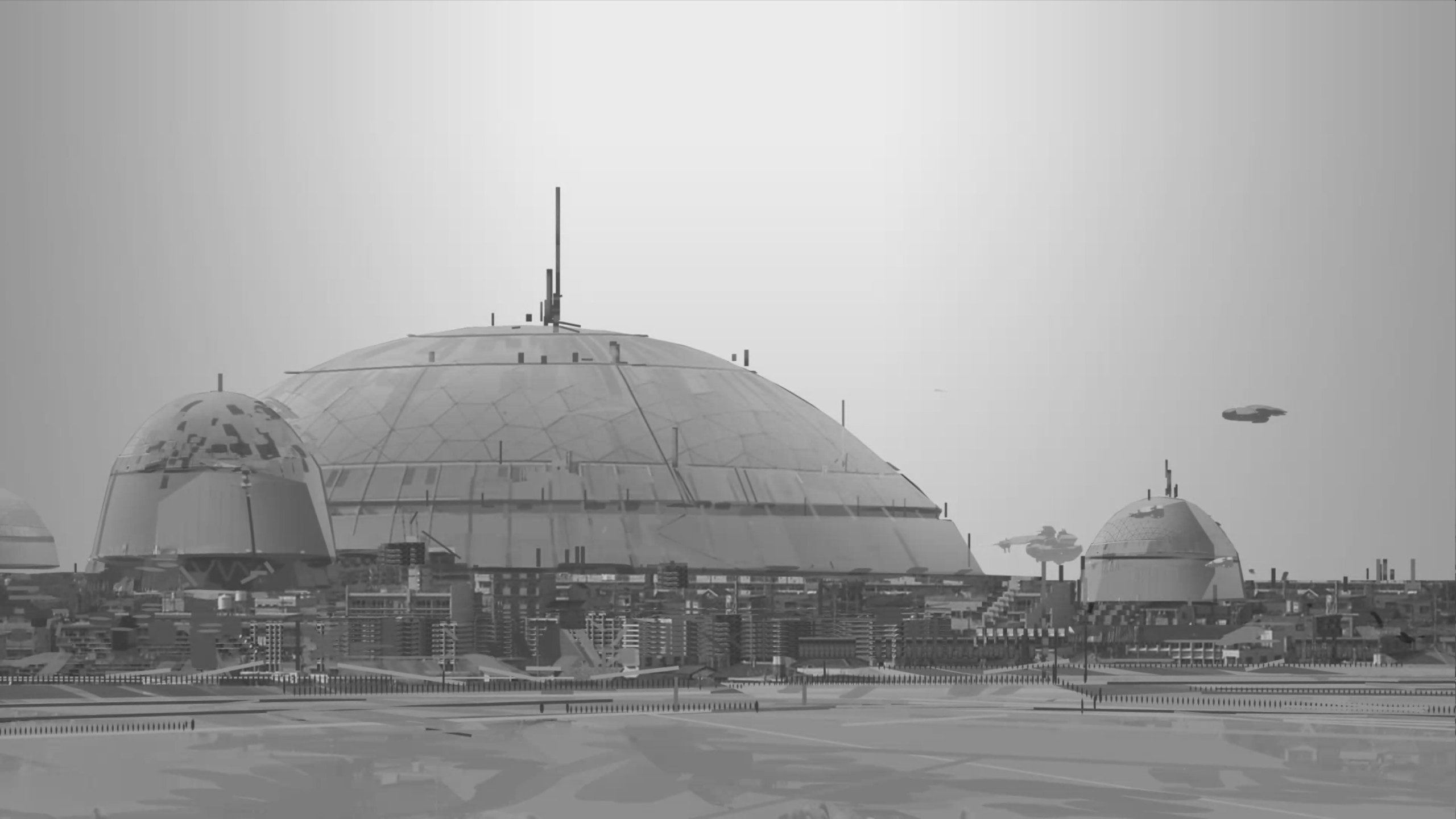
Storytelling is done in between missions with beautifully, hand-drawn black and white art.
That mechanic is extremely important to the design of both Homeworld games. In one instance, I was ill-prepared going into the next mission and after failing numerous times, I started to think I would have to replay the mission before. And while the vast majority of modern games would never drop you into a mission without the necessary foundation to complete it, Homeworld is a lot less forgiving in that aspect. Yes, there will be times that you have to load a save (and you’ll want to save often) to prepare yourself for the next mission and that can be tedious at times. Thankfully, the gameplay is what I’d like to call “frustratingly gratifying,” that is, you’ll be frustrated but you’ll enjoy every minute of it. Is it frustratingly fun if you’re just trying to rush through the game? Sure it is, but it wouldn’t be an RTS game if it didn’t penalize you for poor decision making.
Of course if you’re patient and the type that would rather figure out a solution to the problem without reloading a previous save, there are plenty of options for you to succeed even if you come into a mission with a meager fleet of ships. There were a couple of missions where adjusting my strategy and the units I built early on helped me succeed and I wasn’t forced to re-load a save and that’s where Homeworld shines yet again. There is a variety of ways to accomplish your primary objectives. Certain ships allow you to board enemy ships and take them over or you could use strategically-placed Gravity Well Generators to disable enemy ships.
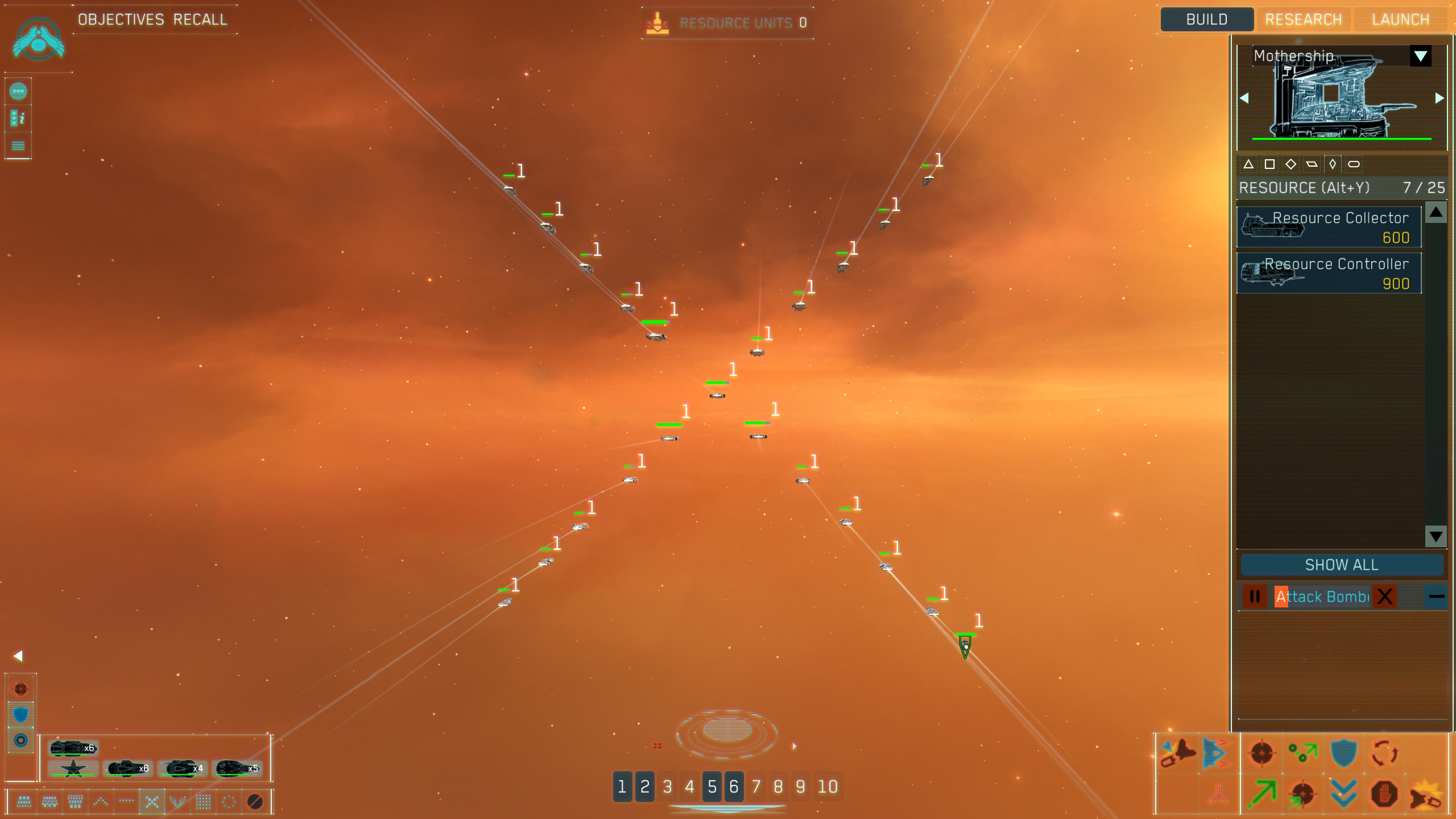
Ship formations will play an important role in achieving victory in massive space battles.
There are some things that Homeworld suffers from that Homeworld 2 does fix. In the first game, the action is much more slow-paced and there are times when you’re sitting idle waiting for your ships to traverse across space to get to the enemy. Naturally, there is a difference in units between the two games, as well as how they handle unit caps, with Homeworld 2 having a much-improved system compared to the first. If you’re playing the games for the first time, you won’t notice these differences until you go from Homeworld to Homeworld 2, so it’s highly recommended that you play through the first game before loading up the second. Besides, there’s a great story to be told in Homeworld that you just don’t want to miss.
While the first game is more about meticulously and patiently completing objectives, Homeworld 2 changes the pace significantly with the missions continuously bombarding you with fleet after fleet of enemy ships. It’s much more fast paced than the first and there’s constant action, which really shows how Homeworld evolved from its first to second iteration. Fans of the original series will find Homeworld: Cataclysm missing from the Remastered Collection and unfortunately Gearbox has said that too much of the source materials have been lost in order to give it a full remaster treatment. Another major change is the number of units that is produced “per unit count” in Homeworld 2 for tier 1 units. For example, in Homeworld, each production of an Interceptor will give you one ship, while Homeworld 2 will give you a fleet of multiple units. You’ll still control that fleet as a singular unit, but it adds to the scale of each battle.
Lastly, Homeworld 2 does a better job auto-saving than the original. In the second game, it’ll auto-save as you hit certain milestones in the mission while Homeworld only saves at the beginning of each mission. You’ll want to keep this in mind when playing through either game, creating a save for yourself before engaging in a massive battle – especially since you may need an army going into the next mission.

Sometimes you’ll just want to sit back and watch the action unfold.
Pacing in both games is done well, introducing new units and research as you progress through the story. In Homeworld 2, the game allows you to upgrade existing units to move faster and be more powerful while Homeworld’s research is mostly limited to unlocking new ships and technology. Units range from Fighters to Corvettes, Frigates to Capital Ships and as we mentioned before, you’ll want a diverse mix of them all. Do you want your Frigates to focus on enemy Fighters? Or perhaps you’ll cap out your Fighter units to be Bombers, focusing on quick maneuvering to take out larger ships. The choice is ultimately up to you on how you build up your fleet and oftentimes you’ll have to send Scouts to see what you’re up against before making that decision.
Then there’s unit movement: larger ships move slower than smaller ships, which means you’ll have to micromanage your fleet to engage at the proper time. You’ll want to make sure that your Destroyers are backing up your Interceptors and Bombers before engaging the enemy, otherwise you might find your larger ships trailing in at the tail end of a battle with many of your smaller units already destroyed. Playing in 3D space does take some getting used to, especially when you have to adjust your fleet to fly to a certain height in space, but the tutorial does a good enough job introducing you to the controls.

Not a fan of fighting in 3D? You can zoom out and issue out your commands in 2D as well.
It’s simply impressive how well both games have held up over the years. While some missions are frustrating, mostly in Homeworld, it’s a nice reminder that games were once extremely difficult and wasn’t full of hand-holding like many modern games are. There’s no difficulty settings in either game, but the scripted missions allow you to learn from your mistakes to succeed your next time around. There’s a plethora of units to choose from to build up your fleet and you’ll oftentimes find yourself entirely capped out in Homeworld 2. You’ll need all the help you can get too, as the game culminates in one of the best experiences you’ll ever get from an RTS game, regardless of when it was originally made.
The Homeworld Remastered Collection also includes access to the multiplayer modes, but since that’s still labeled as a “Beta” we’ll reserve a review on that for a later date. For now, if you’re thirsting for a real-time strategy game and you love space, Homeworld Remastered is a no-brainer and an easy buy. There really isn’t much to dislike about either games, and while they can be frustrating at times, it’s not a type of frustration that leaves you with a bad taste in your mouth. The sooner you realize that failing a mission isn’t because the game is unfair, but rather your strategy wasn’t a good one, the sooner you’ll get home.
Homeworld Remastered Collection Review – What We Liked
- Diverse set of units that require you to build a mix in order to succeed
- Breathtaking visuals and fitting soundtrack
- Compelling story
- Streamlined, user-friendly UI and controls
- Epic space battles
- Last mission of Homeworld 2 is one of the best RTS missions ever created
Homeworld Remastered Collection Review – What Would Make it Better
- Faster ship movement in Homeworld

